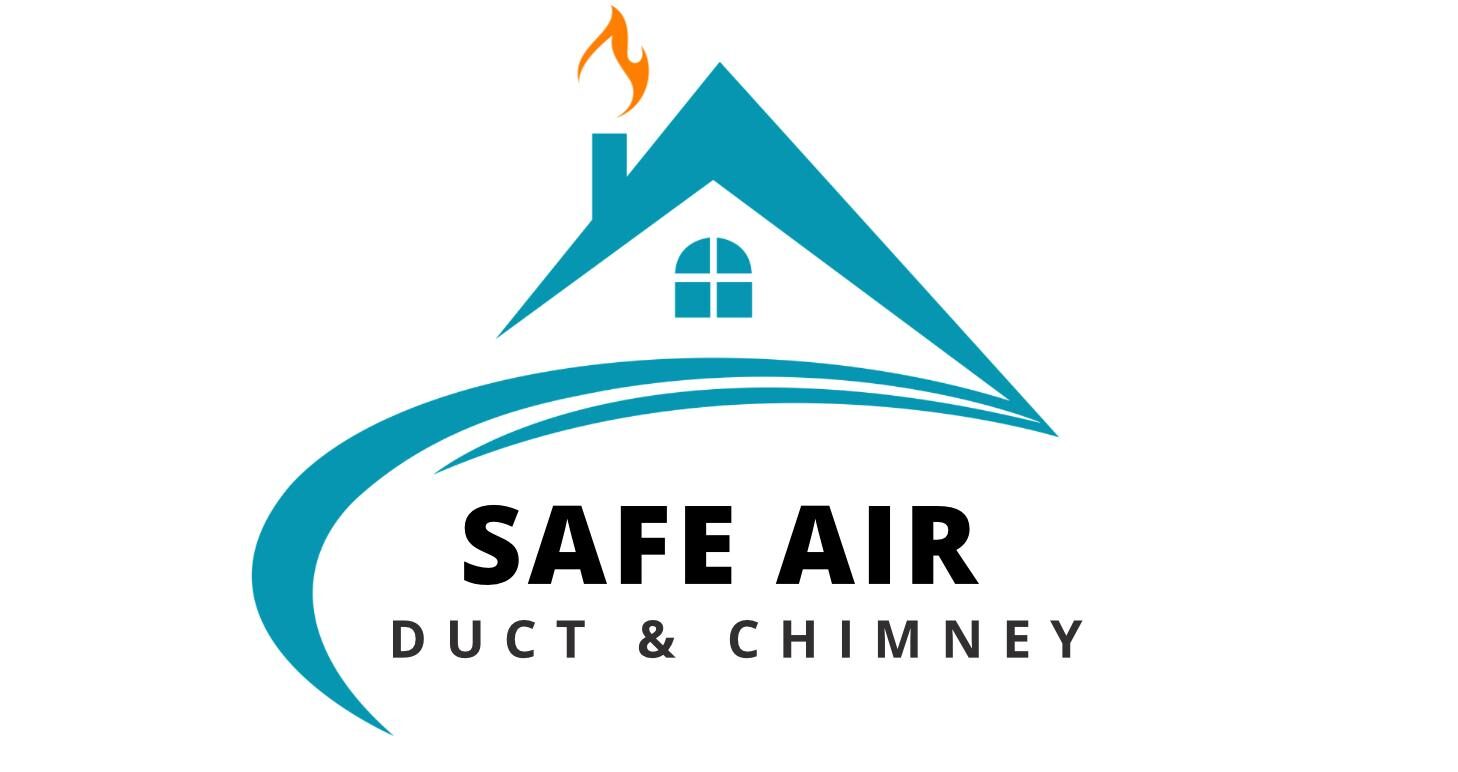Chimney Smoke Problems? Common Causes & How to Fix Them
Why Is Smoke Coming into Your Home Instead of Going Up the Chimney?
A properly functioning chimney should direct smoke safely outside. However, if your fireplace is pushing smoke back into your home, several underlying issues might be causing the problem. From chimney blockages to poor ventilation, understanding the root cause is the first step toward finding the right solution.

Common Causes of Chimney Smoke Problems
1. A Blocked or Clogged Chimney
If smoke is billowing into your home instead of escaping, a clogged chimney could be to blame. Creosote buildup, bird nests, or debris can obstruct airflow, forcing smoke back into your living space. Regular chimney cleaning is essential to prevent this issue.
Creosote accumulation is a leading cause of chimney smoke problems and fire risks. Learn how to prevent creosote-related hazards from the Chimney Safety Institute of America.
2. Cold Chimney Flue Preventing Proper Ventilation
Cold air inside your chimney can create a “plug,” preventing smoke from rising. Warming up the flue before lighting a fire—by burning a rolled-up newspaper or using a heat source—can help establish proper airflow.
3. Negative Air Pressure in the Home
Modern homes are built to be energy-efficient, but sometimes, that can lead to poor ventilation. If your home is too airtight, the fireplace may struggle to draw in enough air, causing smoke to spill into the room. Cracking open a window near the fireplace can help balance the pressure.
4. Damaged or Missing Chimney Cap
A chimney cap prevents downdrafts caused by wind. If your cap is damaged or missing, strong gusts of wind can push smoke back into your home. Installing a properly fitted chimney cap can resolve this issue.
5. Oversized or Undersized Chimney Flue
The size of your flue must match the fireplace opening. If the flue is too small, it won’t be able to handle the volume of smoke, causing it to back up. Conversely, an oversized flue may lead to inefficient draft. A professional chimney inspection can determine if your flue needs adjustments.
How to Fix Chimney Smoke Issues
Now that you know the common causes of chimney smoke problems, here’s how to fix them:
- Schedule regular chimney cleaning to remove creosote and blockages.
- Install or replace a chimney cap to prevent downdrafts.
- Ensure the damper is fully open before starting a fire.
- Preheat the flue to encourage better airflow.
- Consider adding a chimney liner if your flue size isn’t optimal.
- If your home is too airtight, open a nearby window to balance air pressure.
Improper wood burning techniques can cause excess smoke buildup. Follow EPA’s Burn Wise guidelines to ensure cleaner, safer burning practices.
When to Call a Professional for Chimney Smoke Problems
If your fireplace continues to smoke despite trying these solutions, it’s time to call a professional chimney sweep. An expert can diagnose structural problems, perform a thorough cleaning, and recommend necessary repairs.
Prevent Chimney Smoke Issues with SafeAir Duct & Chimney
At SafeAir Duct & Chimney, we specialize in diagnosing and fixing chimney smoke problems across Dallas-Fort Worth. Our certified technicians provide chimney inspections, chimney sweeping, and repair services to ensure your fireplace operates safely and efficiently.
📞 Call Us: 214-550-3348
💻 Book Online


